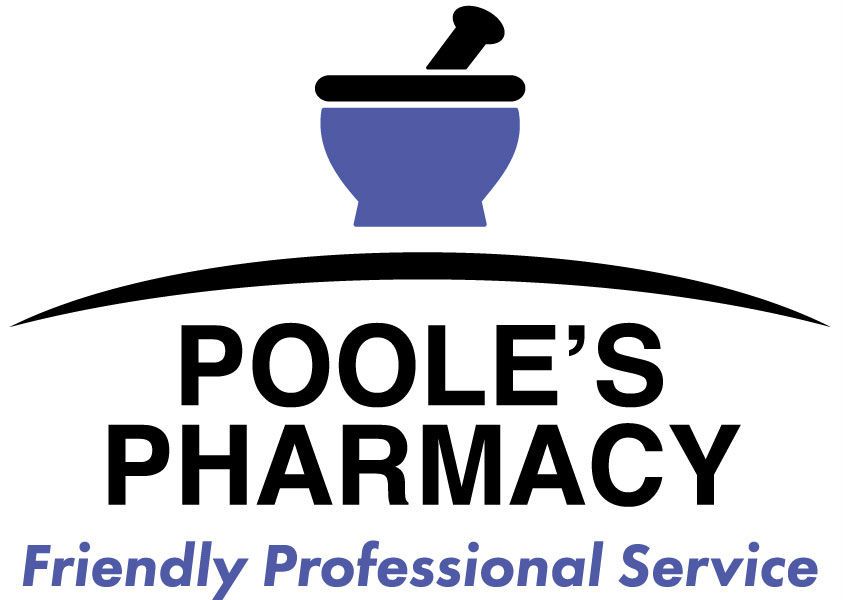Graduated Compression Hosiery
If you are currently experiencing any of these conditions, you may have a venous disorder and could benefit from the use of graduated compression hosiery.
✔ Tired and achy legs, swollen ankles or leg pain
✔ Varicose or spider veins
✔ Deep Vein Thrombosis (DVT)
✔ Post Thrombotic Syndrome (PTS)
✔ Open ulcers on your leg
✔ History of vein problems in the family
Causes and Factors OF Venous Problems
✔ Heredity
✔ Long distance travel
✔ Prolonged sitting or standing
✔ Pregnancy
✔ Obesity
✔ Surgery or trauma
✔ Infectious Disease
✔ Use of hormone medication
How Does Compression Hosiery Work?
Compression hosiery is designed to exert the greatest amount of pressure at the ankle and gradually decrease in pressure towards the top of the stocking. This reverse gradient creates a force that pushes blood back towards the heart, against the forces of gravity.
Is Compression Therapy Right For Everyone?
Compression therapy is not right for everyone. If you have arterial deficiencies, congestive heart failure, ischemia or other serious medical conditions, you should only wear compression hosiery after being evaluated by your physician and only under their close supervision.
Compression Levels



